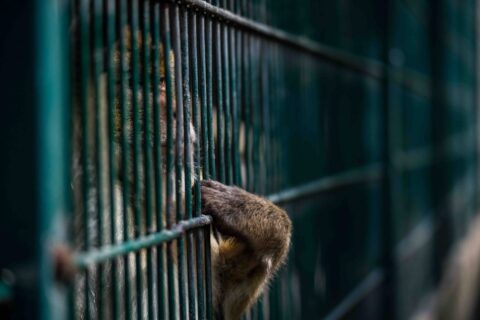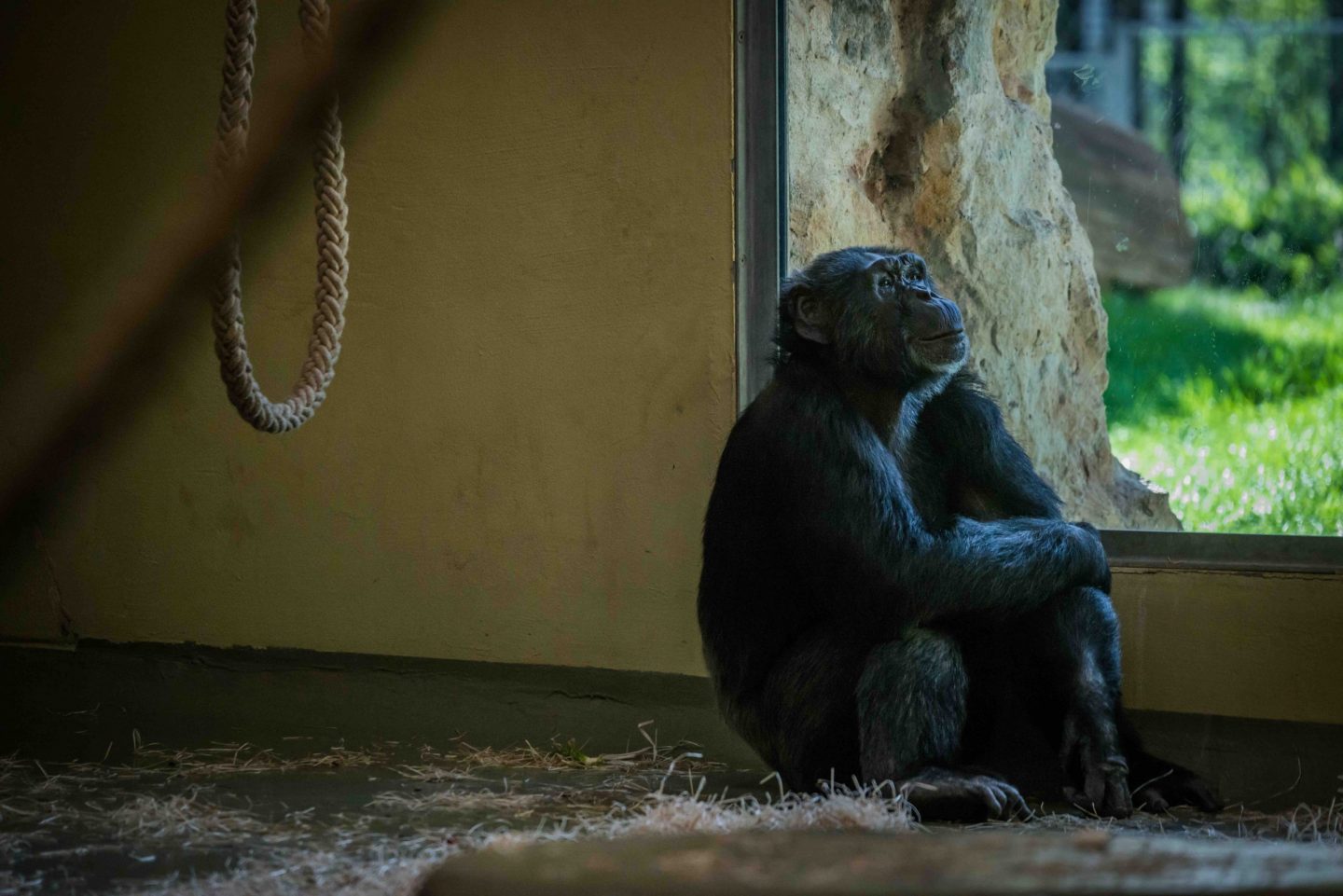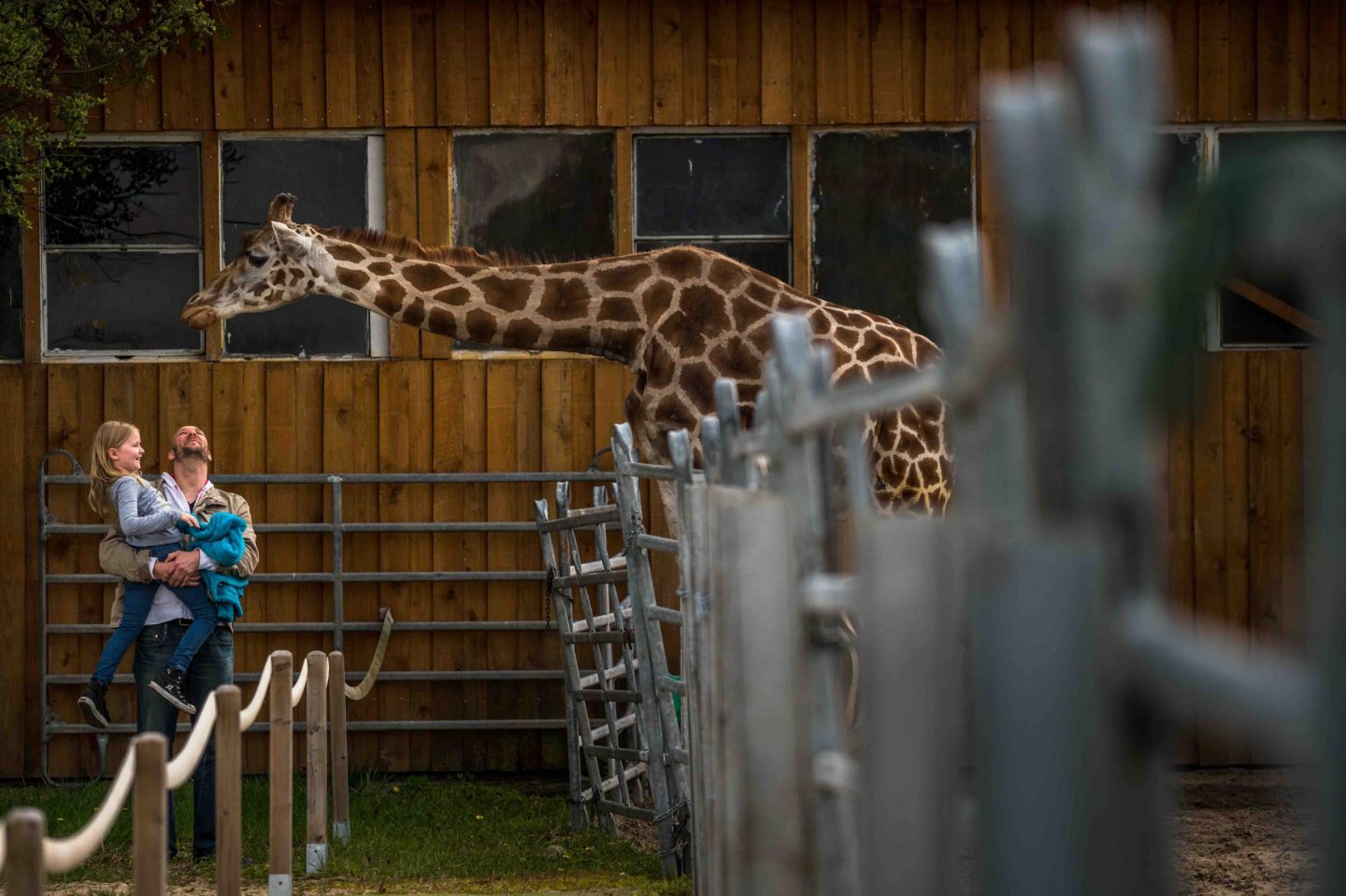Feature
An Animal Rights Activist Rescued Four Sick Chickens From a Slaughterhouse. Now She’s Facing Five Years in Prison.
Law & Justice•13 min read
Perspective
Christina M. Russo reflects on her newfound connection with captive animals. After being damaged during surgery, she understands their plight even more.


Words by Christina M. Russo
I do not have coronavirus. But I have been living in isolation.
For 633 days.
In October 2018, I had an elective gynecological surgery called a laparoscopic myomectomy—a benign mass removed from my uterus. There was no indication that this operation was particularly complex or risky. The surgery was performed by the director of gynecology at one of the top hospitals in the world. The average recovery time was two to six weeks.
But from the moment I awoke in the recovery room, it was clear something had gone terribly wrong. And I have been living in acute, life-altering pain ever since.
Before the surgery, I was an avid hiker. A runner. I worked at my family’s iconic fruit, vegetable and flower company, carrying heavy buckets of hydrangea or field-picked zinnia without a second thought.
I was also a freelance journalist, and just weeks before my operation was the proud co-recipient of a National Press Club award for an exclusive story in the Guardian on the capture of wild elephants in Zimbabwe for Chinese zoos. I had reported for years on animal cruelty, including stories on donkey abuse in Ethiopia; bear dancing in India; deadly swimming-with-dolphin programs in the Caribbean; and the mistreatment of horses in northern California. The award was profoundly meaningful and a photograph of me next to my co-writer of the story showed a beaming, vibrant woman at the apex of her career.
And then it was over.
Post-surgery, I spent months in bed in agony. I called my doctors pleading for help. I could barely walk without crying. I could not urinate without gasping or having someone hold my hand. I could not carry a carton of orange juice. I could not drive. I could not work. All I could do was writhe in pain on the couch, because I could not climb the stairs to my bedroom. My surgeon placated me with hollow assurances that time would heal all things.
Ten months after my surgery, I was still in physical torment. One summer day I decided I would hobble to the beach, 400 yards away. My sister took a photo of me coming home. Crawling.
Friends and family tried to soothe me; my husband took an unpaid leave of absence from the fire department to care for me. I hired someone to make soup for me. I lost 25 pounds. I did acupuncture. I had nerve blocks. I meditated. Still, one of my physicians would not recommend additional pain medicine—and I was taking arguably some of the lowest dosages possible—because of my “heightened despair.” I went to the emergency room four times. Finally—15 months after surgery—one ER physician admitted me into the hospital, blatantly saying he hadn’t seen a patient in my level of pain in months.
I was going mad.
And then, I got mad. Not just for myself, but for those whose plight I had been exposing before my operation: the innumerable animals confined to their own physical and mental isolation and torment in zoos.

For some, this might seem like a frivolous point when people are dying from a virus that the world is trying to contain and eradicate. But for me, the caged animals represented not only a journalistic career, but, now, a personal kinship.
When I was a child, my parents took me to a zoo on Cape Cod. The “main attraction” was a lone gorilla slumped against a wall in a thick glass cage. Visitors stared at the animal who was sitting on the floor next to a dirty car tire. They saw something foreign, and cartoonish and entertaining. They pointed their fingers and laughed.
I grabbed my father’s hand and cried.
Decades later, I produced a documentary for public radio examining the ethics of American zoos. I conducted many interviews and visited zoos around the country. From a journalistic perspective it was clear that caging animals to serve as “conservation ambassadors” for the wild is a misguided, if not entirely bogus notion. If it were working, maybe we wouldn’t be in a global conservation crisis.
After living almost entirely inside my home for 21 months, the images that have always haunted me are now turning into an unrivaled simpatico: A massive male elephant confined to an exhibit the size of my neighbor’s garage. An official zoo training video that showed an elephant screaming as men beat and bloodied her into submission. A binturong in a tiny cage with a single bowl of water that was green with stagnant algae. A lone, sickly yak who was literally eating the inside of his wooden stall. A camel with legs covered in diarrhea. A pair of African white rhinos lying nose-to-nose in a barren enclosure, continents away from where they should have been. And at one zoo, supposedly one of the best in the country, I was led to a neon-lit basement where a stunning silverback gorilla had been living in isolation. For 10 years.

One of the most disturbing images I’ve seen recently is a video, taken by elephant advocate Sharon Pincott of elephants in a zoo in Beijing, walking in circles in concrete, empty cages. In the video, they go round and round and round behind metal bars. And on the outside, noisy visitors clamor and gab. I sent the video to elephant behaviorist Joyce Poole, who has been acting against the internment of elephants in zoos for decades and has seen what one would colloquially call, it all. But this video, she said, left her sobbing.
What drives human beings to cage animals for entertainment? After years of reportage, I ultimately think it’s based on some cocktail of human hubris, a religiously-buoyed belief in our dominion, and even society’s, dare I say, over-reliance on science. For example, there’s the oft-repeated phrase that humans are the only species that knows it is going to die. Who came up with that one? Or that many animals don’t have a sense of self, or communicate in ways that are as sophisticated as us, because it has yet to be proven. These kinds of refrains cement the idea that animals are lesser than. And allow humans en masse to do things to animals they would never do to each other. When it comes right down to it, though, the bottom line is that there are more people who don’t care about the welfare of animals than those who do.
After my surgery, I was at the mercy of my doctors to find the cause of my pain. Initially, I was sure they would do this with fervor. But they didn’t. So, day after day life was the same: Wake up, suffer, talk to doctors, go to sleep. Wake up, suffer, talk to doctors, go to sleep. Anguish, disbelief, and despair eclipsed my once purpose-filled life. And monotony, perhaps one of the most crushing and consuming kinds of agonies, set in. Imagine then, being an animal in a zoo. What if you were in pain? What if you were lonely? What if you wanted to walk beyond the bars? Someone once told me that when people go to zoos and aquariums they think they are seeing something extraordinary. But what they are really seeing is a slow death. In real time.

The coronavirus-spawned isolation is testing people in ways they’ve never been tested before, physically and mentally. And with this isolation, there is an opportunity to ponder. So for the first time in many, many months, I’ve sharpened probably the last remnants of my journalistic pencil to write this essay.
The current fear, despair, mania, physical constraint, and existential heartache will most likely be temporary for those who have the fortune to survive this virus. And you, dear reader, will have the great gift of being free of your quarantine, your confinement, and your cage.
But for so many magnificent animals, this new world is not novel. Or a dramatic medical measure. Or a safety lockdown. Or a fleeting moment. For animals at the zoo—or in any cage—this is something else. Something far, far more horrible. For them, this is something that you, very briefly, called life.
A version of this article previously appeared on Medium.